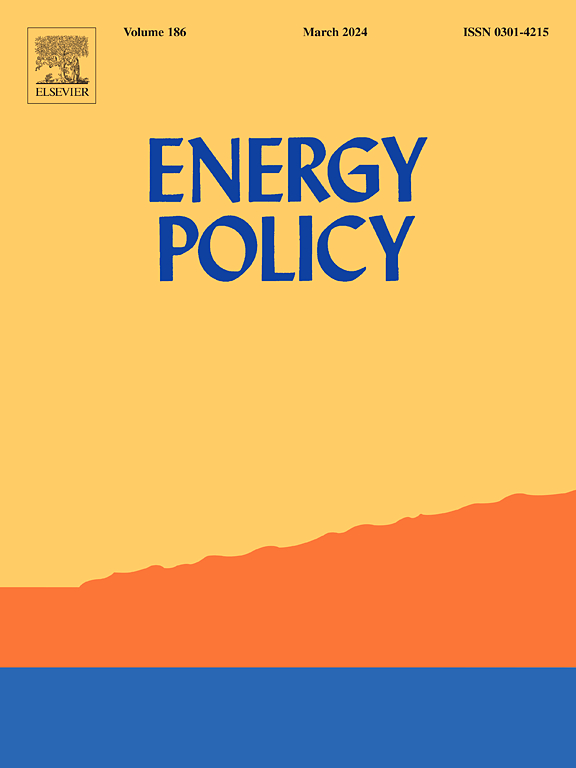Critical contributors and transmission paths of energy consumption in China's supply chains network
IF 9.3
2区 经济学
Q1 ECONOMICS
引用次数: 0
Abstract
Clarifying the critical contributors to energy consumption and understanding the formation mechanisms along supply chain network are essential for advancing sustainable development. In this study, we employ a multi-regional input-output model to profile province-sectors from production-, betweenness-, and consumption-based perspectives to identify the key hotspots driving energy consumption in China in 2017. The hypothetical extraction method is then applied to quantify the impact of critical sectors on total energy use of other provincial sectors. Finally, we identify the most critical supply chain paths contributing to these key sectors through top-down, betweenness-based, and bottom-up structural path analysis techniques. Results show that chemical industry in Shandong and Jiangsu and metallurgy in Hebei are the most significant energy consumption hotspots from a betweenness-based perspective. The basic material sectors (e.g. chemicals, metal, and non-metal) and transport and storage are the most important energy consumption sources, while construction stands as the principal final consumer, collectively forming major energy transfer paths. For the supply chain paths of key transmission hubs, the upstream sectors are often centered within the hubs themselves, highlighting the necessity of simplifying the complexity of supply chains in these sectors. We recommend integrated energy management strategies that incorporate targeted measures for critical sectors and supply chain paths, addressing energy challenges from production-based, betweenness-based, and consumption-based perspectives.
求助全文
约1分钟内获得全文
求助全文
来源期刊

Energy Policy
管理科学-环境科学
CiteScore
17.30
自引率
5.60%
发文量
540
审稿时长
7.9 months
期刊介绍:
Energy policy is the manner in which a given entity (often governmental) has decided to address issues of energy development including energy conversion, distribution and use as well as reduction of greenhouse gas emissions in order to contribute to climate change mitigation. The attributes of energy policy may include legislation, international treaties, incentives to investment, guidelines for energy conservation, taxation and other public policy techniques.
Energy policy is closely related to climate change policy because totalled worldwide the energy sector emits more greenhouse gas than other sectors.
 求助内容:
求助内容: 应助结果提醒方式:
应助结果提醒方式:


